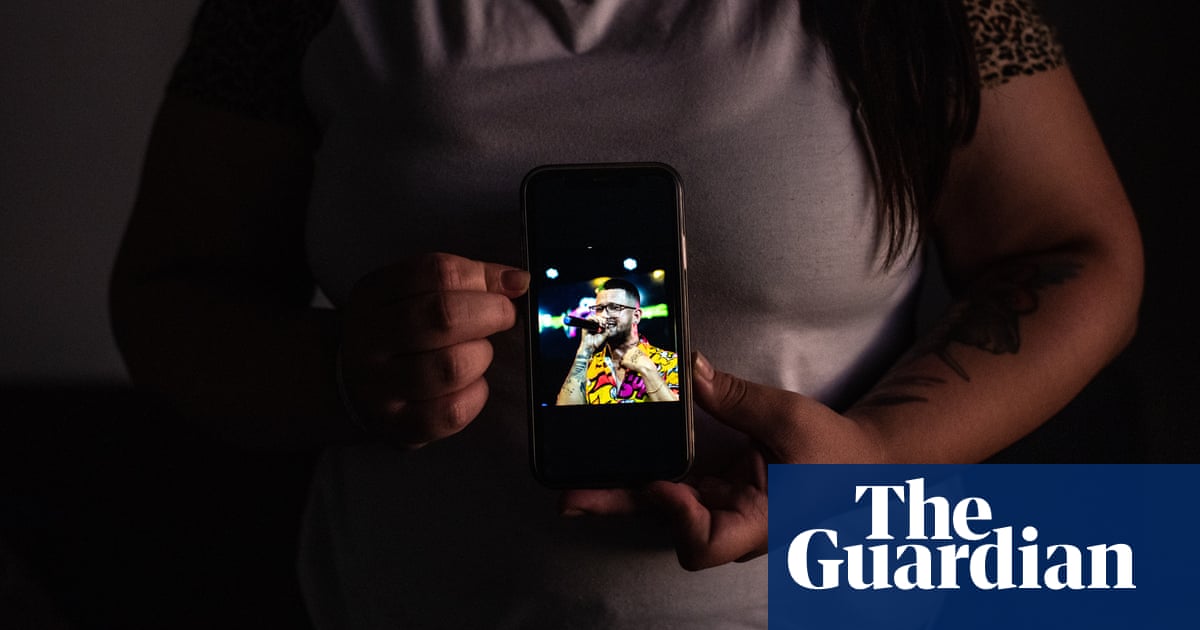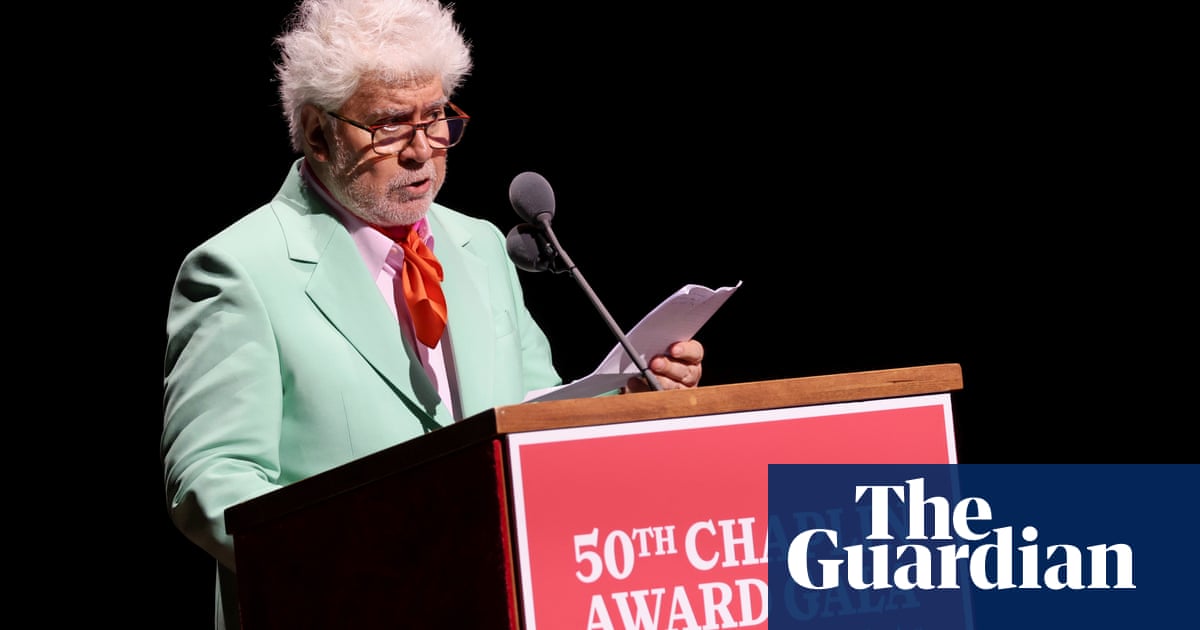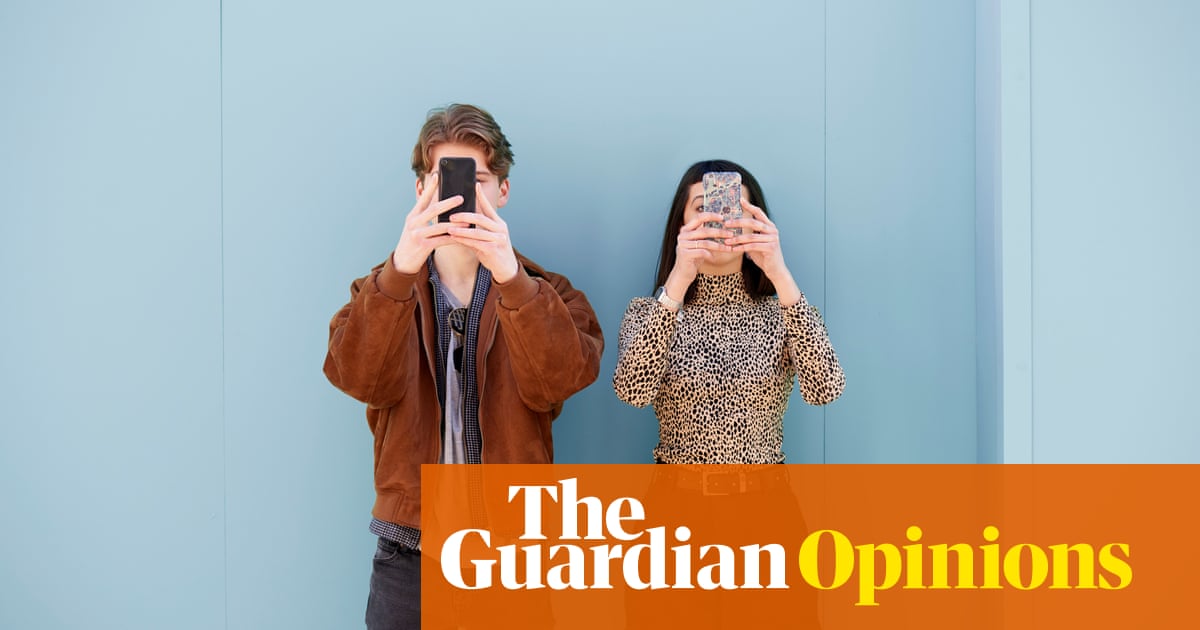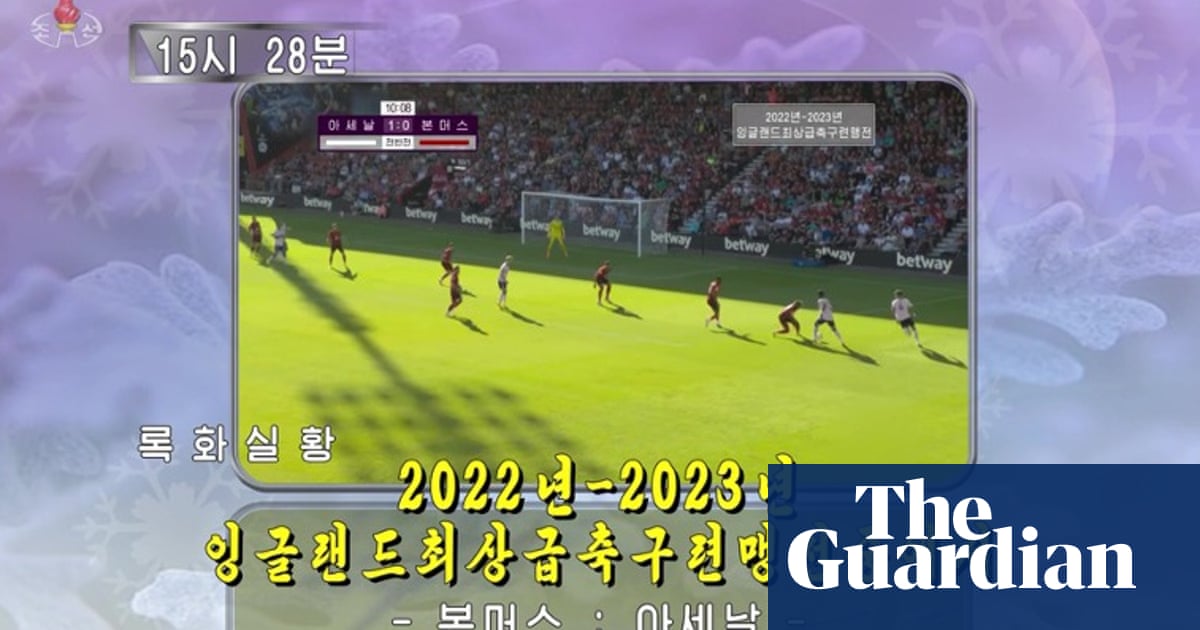Andrew Brodsky has been working from home far longer than most of us. Twenty years ago, at age 16, he was diagnosed with a rare form of leukemia that required a bone marrow transplant, and he spent the following month in an isolation room where visitors had to put on a mask, full-body gown and gloves.
“I got early experience interacting with people from a distance,” the McCombs School of Business at The University of Texas at Austin professor says. An early interest in virtual communication took hold, growing into a PhD dissertation and the cornerstone of his business consulting practice.
The Texas resident still receives regular immunoglobulin infusions. Owing to his immunocompromised status, he teaches his popular business school classes via Zoom from a home office decked out with color-coded bookshelves and a cleverly placed photo of his dogs, Tater and Minnie, directly behind his camera (more on that later).
In his new book Ping: The Secrets of Successful Virtual Communication, he lays out the data he has gathered on the science of communicating through screens. He spoke with the Guardian about how to find fulfilling connection in an ever-fractured and disembodied world.
1. Check in digitally before swinging by IRL
At the office, it can be tempting to wander over to a colleague when you spot them at their desk. But now that casual IRL encounters are fewer and further between, people don’t always take warmly to an out-of-the-blue approach. “It doesn’t matter if you work from home or if you work from the office – we’re all virtual communicators,” Brodsky said. Swinging by your co-worker’s cubicle used to be the norm if you had a question or a juicy tidbit to share, but these days it’s safer to send an instant message to see if they will be free to chat in a bit.

2. Unlearn the ‘email urgency bias’
We are wired to sense that all emails require an instant response – a brain trigger that can drain our own productivity. “When we get an email, we tend to think the sender expects a response quicker than they actually do,” Brodsky says. “So this creates a whole lot of extra stress on us, because we feel like we need to reply right away.” He recommends designating three or so periods a day to tend to emails, and notes that there is nothing wrong with getting back to somebody later that day unless they specified that the matter was urgent.
Likewise, it never hurts to clarify to your recipient that your query does not constitute a five-alarm emergency. “If you’re sending an email and you need a quick reply, put the word ‘urgent’ in the subject header,” he says. “Otherwise, say at the end of your email that this can wait till we talk in the next few days.”
3. Use cozy Zoom backgrounds, not kooky ones
Is a Zoom background worth a thousand words? One of Brodsky’s more intriguing hypotheses is that a video meeting can be more intimate than an in-person one held in an anodyne conference room. Brodsky looked at research showing that bookshelves and plants both work well to help establish a connection. Cozy items such as Christmas trees or a photo of a pet, like Brodsky displays, can connote warmth and personal dimension. Unsurprisingly, a study about video chat backgrounds and professionalism found that a novelty background such as a walrus on ice or the inside of a spaceship tended to get the lowest ratings. So delete that image of Bianca Jagger raging through Studio 54 on a white unicorn.
4. Don’t fret about your email timestamps
Is anybody’s body clock wired to thrive exactly from 9am to 5pm? Some of us (present company included) get our best work done before the sun rises, while others don’t get a chance to buckle down and put together email replies until after their family members are drifting off to sleep. Yet there is a commonly held perception that it is disrespectful of boundaries to bother somebody outside of regular working hours. Brodsky isn’t terribly concerned about the time of day that an email is fired off. “If you were to say: if you could respond in the next couple days, that would be great. That takes the pressure off the next response,” he says.
after newsletter promotion

5. Sometimes, meetings actually do save time
Back when Covid reared its head, a lot of companies went overboard on scheduling meetings, perhaps fearful of losing track of employees’ whereabouts. But recent studies show that reducing the number of meetings can lead to higher productivity. That said, Brodsky believes that certain meetings can save time – especially if they entail a conversation among few members.
Brodsky hypothesizes about the conversation we’re having. “Each of my answers are five paragraphs long,” he says. “This interaction, over email, would have taken potentially 10 times as long as this hour-long call that you and I are having.”
6. Short daily updates can show diligence and engagement
A dominant theme in Brodsky’s book is mastering the theater of productivity. “The vast majority of jobs don’t have objective measures of performance,” he says. “So in most jobs, there’s always some strong, subjective component that’s happening on the manager’s side. So unfortunately there’s this need to be mindful and strategic about your communication and how you present your work.”
He illustrates with two fictional examples. One employee sends her manager an elaborate five-paragraph email update about everything she did during the week on Friday. Another worker sends his manager a few sentences via Slack every day. According to Brodsky, research shows that the constant communicator likely seems more productive. Communicating more frequently and casually “can be useful for showing your engagement when they can’t necessarily see you”.
7. Go ‘camera on’
Yes, it’s exhausting, and you might need to brush your hair. But showing your face in a video meeting and reading your colleagues’ expressions can forge a bond and trust. Sorry!
8. Avoid the all-hours work communication trap
The toll of overextension is what you might expect, Brodsky says. Some research “shows that there’s basically this curvilinear effect of after-hours communication on both work performance and your relationships”, he says. “Too much after-hours communication just burns you out.”
Not only that, but over-availability can diminish your stock. “If you’re thinking about work outcomes, your relationships with your coworkers and your performance, you would probably think, the more communication you have, the better. But that’s not true, because your burnout ends up undermining that, and you also are sort of underselling yourself, right?”
9. Typos may be more meaningful than you think
Typos are a mainstay of the digital age – we dash off texts, Slacks and emails while we are ordering groceries or pretending to pay attention during meetings. In his research with American University professor Hayley Blunden, Brodsky learned a few things. First, the obvious: typos make you look less intelligent. But that’s not their only effect; they also convey emotion. “It’s like an amplifier,” Brodsky says. “Typos make an angry email seem angrier or happy emails seem happier. And if you make one? You can move on.”
-
Ping is out from Simon Acumen on 11 February

.png) 2 months ago
29
2 months ago
29













































